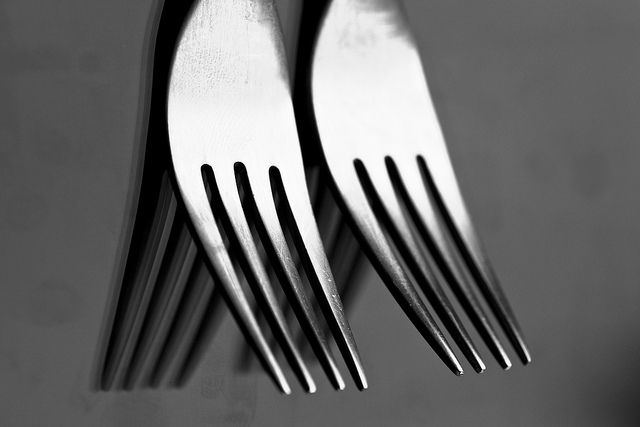When you have a large group of people over for dinner, serving food buffet-style ensures that everyone gets exactly what they want. But how can you be sure that everything stays fresh, from appetizers to dessert? Here are a few tips for serving a safe food buffet.
- Buy foods at the proper temperature. Things like fried chicken, casseroles, and ice cream should be kept at the same temperature from the store to the buffet table, as changing their temperatures too much can cause food to spoil.
- Know the proper temperatures. Hot food should be kept between 140° and 165° Fahrenheit, while cold food should be kept at 40° Fahrenheit and lower.
- Don’t leave food out for longer than two hours. Be sure to include preparation and serving in your count.
- Use the proper tools. To ensure that food is kept at the proper temperature, use things like slow cookers, warming trays, and nesting dishes in bowls of ice. To prevent guests from mixing foods, make sure that you provide a separate spoon, spatula, or tongs in each dish. Also provide individual bowls for dips to discourage guests from double-dipping.
Serving Up Safe Buffets [FDA]
Serving Prepared Foods Safely [Whole Foods]
Holiday or Party Buffets [USDA]



 Equal Housing Opportunity
Equal Housing Opportunity